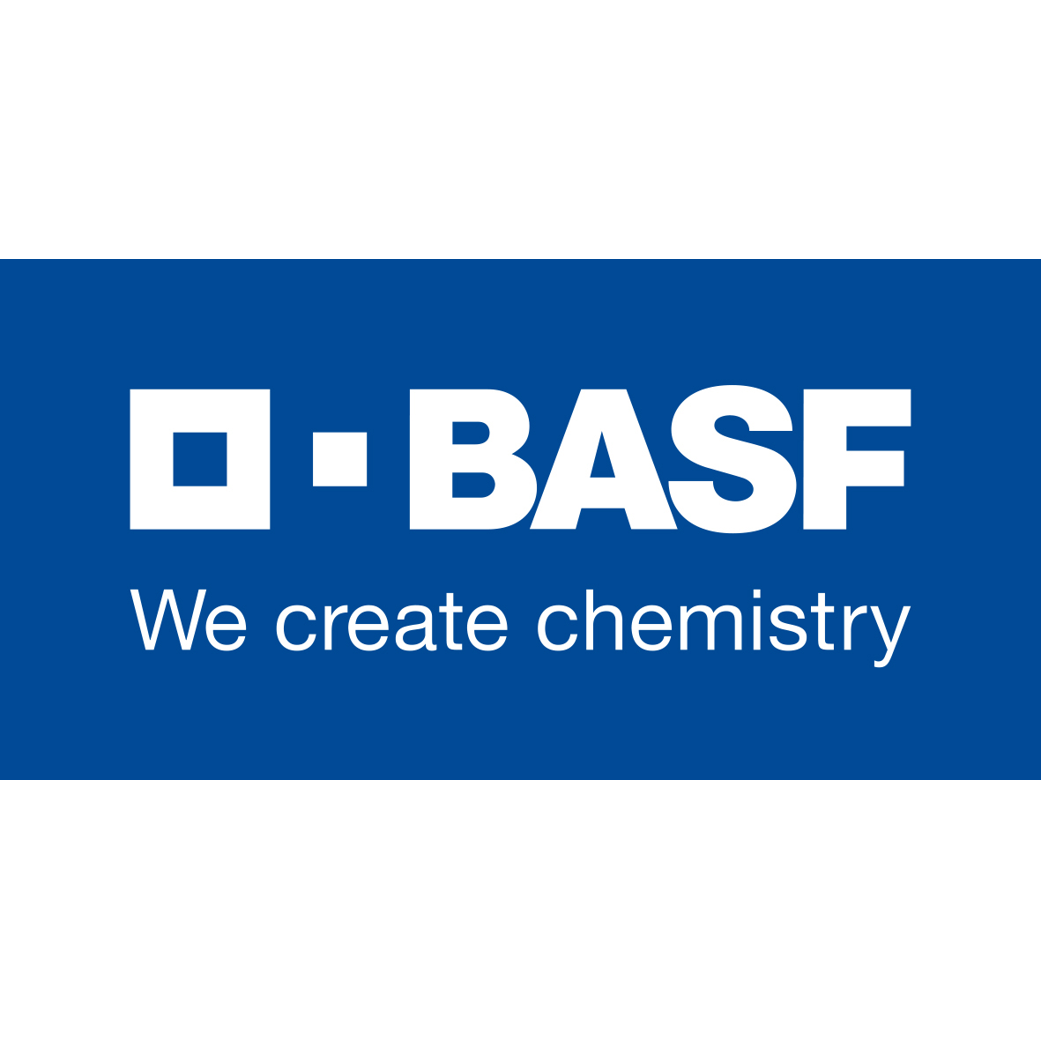
Photo credits: ScenTree SAS
Do you sell any of the raw materials? Would you like to let our users know?
Send an email to fournisseurs@scentree.coto learn about our advertising opportunities.
Do you sell any of the raw materials? Would you like to let our users know?
Send an email to fournisseurs@scentree.coto learn about our advertising opportunities.
General Presentation
-
CAS N° :
57345-19-4 -
EINECS number :
260-686-4 -
FEMA number :
Donnée indisponible. -
FLAVIS number :
Donnée indisponible.
-
JECFA number :
Donnée indisponible. -
Volatility :
Base -
Price Range :
€€
Physico-chemical properties
-
Appearance :
Pale yellow liquid -
Density :
Donnée indisponible. -
Refractive Index @20°C :
Data not available. -
Optical rotation :
Data not available. -
Vapor pressure :
0.0009 mmHg @23°C -
Flash Point :
102°C (215,6°F)
-
Molecular formula :
C18H30O2 -
Molecular Weight :
278,43 g/mol -
Log P :
4,59 -
Fusion Point :
Donnée indisponible. -
Boiling Point :
-
Detection Threshold :
Donnée indisponible.
Chemistry & Uses
Uses in perfumery :
According to its olfactive weakness, this woody and ambery molecule is less used than some others. Amberketal® can be used in woody-ambergris notes and especially in functionnal products thanks to its stability.
Year of discovery :
Discovered in 1953.
Natural availability :
Amberketal® is not available in its natural state.
Isomerism :
Amberketal has got five asymmetric carbons, forming a few possible isomers. Nevertheless, only a mix of these isomers is used in perfumery.
Synthesis precursor :
Amberketal® is not a precursor to the synthesis of another compound of olfactory interest.
Synthesis route :
Amberketal® is synthesized from manool, a natural component extracted from ''pink pine '' tree Halocarpus biformis, growing in New-Zealand. One of Manool's double bond is epoxidized, subsequent oxydative degradation of the allyl alcohol function into a ketone, and an intramolecular acetalization, giving birth to the final ketal function.
Stability :
Stable in perfumes and diverse functional bases, except very acid products and bleach.
Other comments :
Most of the time, Amberketal® is diluted at around 10% in Isopropyl Myristate or Dipropylene Glycol for solubility and use reasons.
IFRA
IFRA 51th :
This ingredient is not restricted for the 51th amendment
















